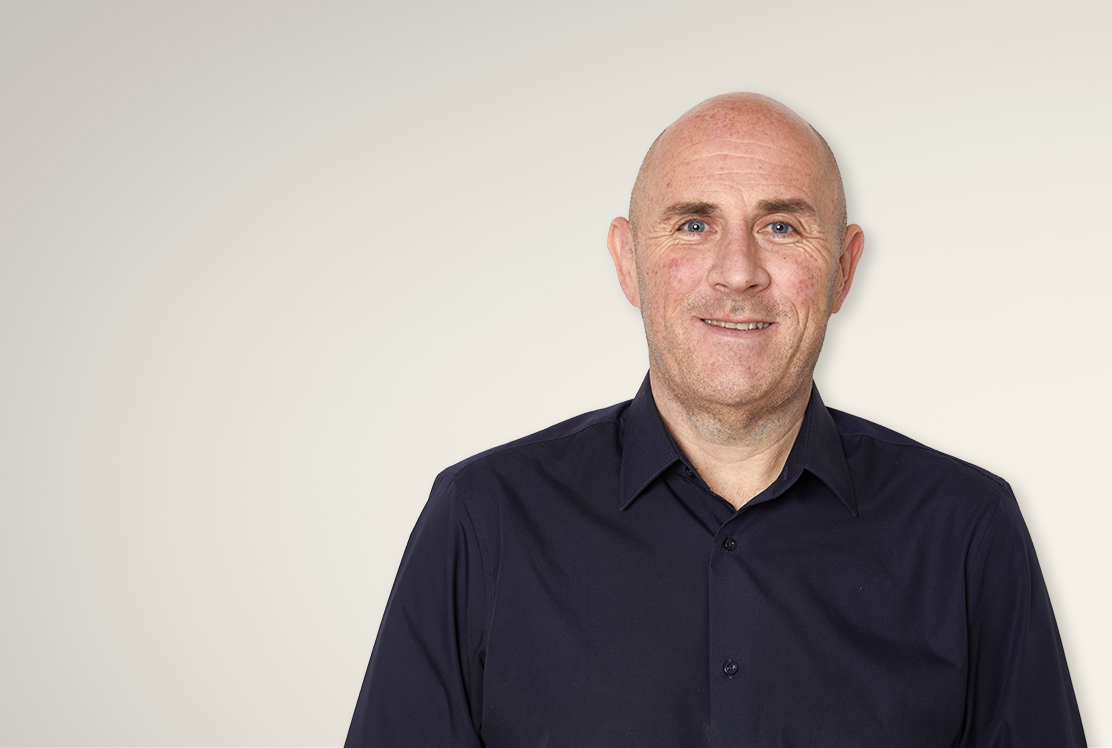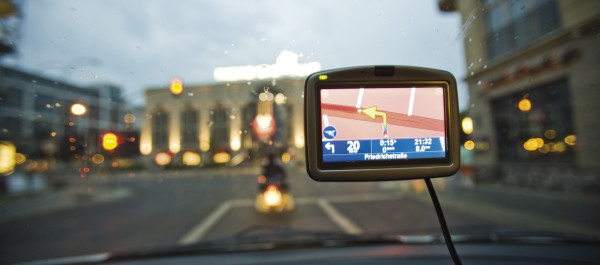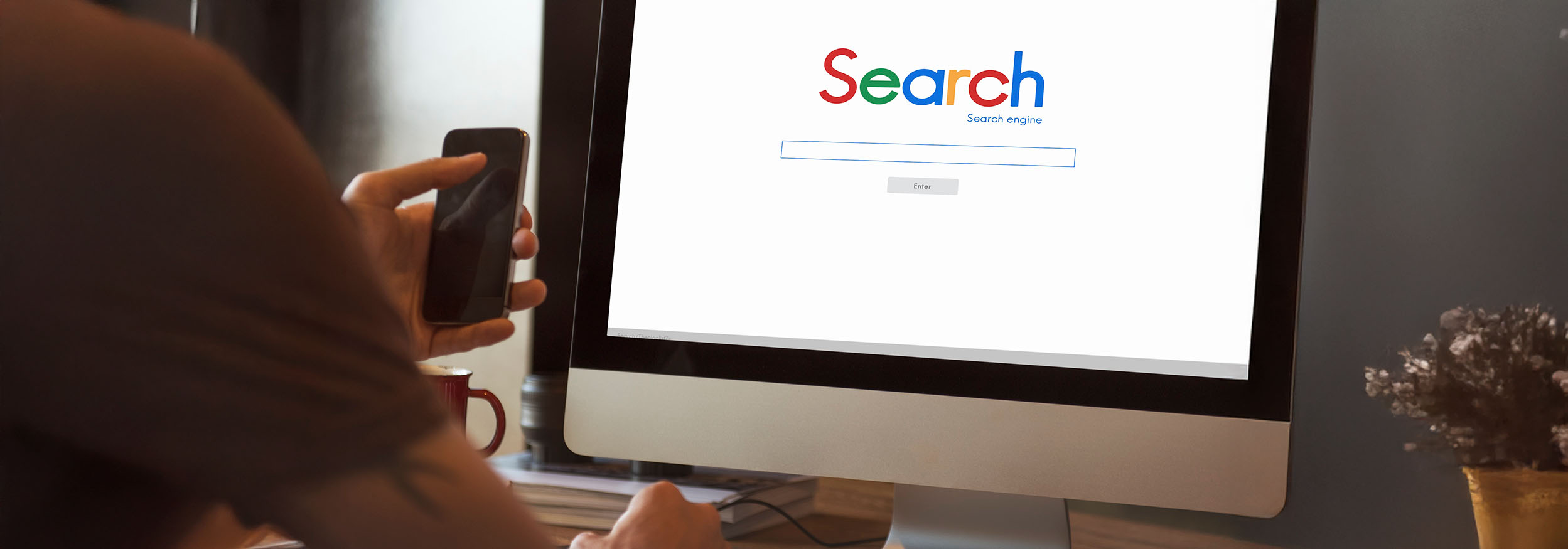How Audience Planning Can Supercharge Your Advertising Campaigns
 |
John Ainley is a Founder and Managing Partner of The Ark Media, with over 30 years of experience in advertising across the UK, Europe and the US. This blog is part of his ongoing mission to blend timeless strategy with the latest tech - in a human, jargon-free way. |
Have you ever heard someone bang on about “audience planning” and thought, sounds clever, but what does it actually mean? If you’ve been in advertising as long as I have—30+ years and counting—you’ve probably seen your fair share of trends, jargon, and shiny new strategies come and go.
Back when I started, media planning was a simpler beast: you picked your channels, bought some airtime or column inches, and crossed your fingers. These days? Things are different. Very different. Especially after COVID accelerated just about every digital trend we were trying to ease into.
I've had the privilege of learning from some brilliant minds over the years, working across offices in the States and Europe. Now, I find myself surrounded by Gen Z professionals who were practically born with smartphones in their hands. It’s like teaming up with digital dolphins: fast, agile, and totally at home in waters I had to learn to swim in.
Still, this “old dog” hasn’t hung up his boots just yet. Because while the landscape’s changed, the basics—understanding people—haven’t.
Let’s dive into what audience planning really is, how it fits into today’s campaigns, and why it’s your secret weapon in cutting through the noise.

What Is Audience Planning?
Define: Audience planning - Marketing strategy focused on identifying and targeting consumers based on behaviours, values, and preferences, enabling personalised messaging and more effective channel selection.
Back in the day, the key question was:
"Which media channel gives me the most bang for my buck?"
Now, we ask:
"Who am I trying to reach? Where are they? And how do they consume content?"
Rather than throwing your budget at the biggest billboard or the primetime TV slot, audience planning flips the script. It puts the person—not the platform—at the heart of the campaign.
It’s less spray and pray and more listen and learn. And it works.
In fact, research from Nielsen found that campaigns with strong audience targeting deliver up to 30% higher ROI than those relying on demographic targeting alone. That’s not pocket change—it’s the difference between ‘nice numbers’ and campaign bragging rights.

From Media Planning to Audience Planning: The Evolution
Media planning used to be like planning a road trip with a printed map. You’d chart a route, hope for clear skies, and just go. Maybe you’d get lucky. Maybe you'd end up stuck behind a tractor for 20 miles.
Now? It’s more like using Google Maps. Live updates, traffic alerts, dynamic reroutes—audience planning gives you real-time, data-driven insight into where your audience is and what they care about.
And yet, this shift didn’t come easy. I remember my first foray into digital media—it felt like swapping a pen for a lightsabre. Powerful, yes, but a bit dangerous if you weren’t sure which end to hold.
But once you lean in? You realise audience planning isn’t just about data—it’s about empathy. Understanding not just what people do, but why they do it. That’s where us seasoned planners can still add value. We know how people tick, not just how they click.

Programmatic Buying: Your Satnav for Smarter Campaigns
Programmatic buying is one of those terms that sounds intimidating until you realise it’s just an algorithm doing your media buying for you. Think of it as the satnav in your advertising vehicle: it adjusts routes in real-time, helping you avoid wasted spend and missed opportunities.
Instead of negotiating individual ad slots, programmatic platforms buy space across TV, digital, DOOH (digital out-of-home), and audio—automatically and at speed. It’s not just efficient, it’s intelligent. And according to Statista, over 89% of UK digital display ads were bought programmatically in 2023.
This increase in efficiency is what brought more brands to TV. It's no longer just something for huge brands to throw money at and cast their wide net into the advertising ocean; local brands can do it, and with the right help, they can do it well.
But here’s the thing: just because the robot’s driving doesn’t mean you don’t need a navigator. Data is only as useful as the person interpreting it. That's where the human element matters. Programmatic can tell you what is happening—but it can’t always tell you why. That’s where experience steps in.
Audience Profiling: It's Not Just About Age and Postcode
Audience profiling used to mean sticking people into neat little boxes: 18–34, male, urban, probably into football. Job done.
Now? It’s a different story. Thanks to the mountain of data we have access to—social listening, location signals, purchase behaviour—we can build rich, multi-dimensional portraits of real people.
Take a campaign I worked on not long ago. The client wanted to target a very specific audience through programmatic DOOH. We partnered with a tech team using scoring APIs and behavioural data to identify not just where our audience lived but where they moved. We didn’t just choose screens on footfall—we chose them based on who walked by, when, and why.
That would’ve been pure science fiction 15 years ago.
But today, it's your competitive edge. And with tools like TGI, YouGov, and Experian’s Mosaic profiling, UK advertisers can reach niche audiences in incredibly efficient ways.
Old Tricks, New Tools
Look, I won’t lie—keeping up with this industry today can feel like playing chess against a kid with an iPad. They might not know the rules, but they’ll still beat you because they've got Stockfish open doing half the work.
But here’s what I’ve learned: the tech might change, but people don’t. We’re still emotional, still tribal, still susceptible to a good story and a clear message at the right time.
That’s why audience planning works. It’s not just the future—it’s the present. And if you embrace it, you’ll see better engagement, better ROI, and better conversations with your audience.
So whether you’re a fresh-faced planner or a battle-scarred media vet like me—lean into the data, embrace the tech, but never lose sight of the human on the other end of the ad.
And if all else fails?
Ask the Gen Z-er next to you to explain it. Twice.

